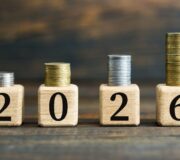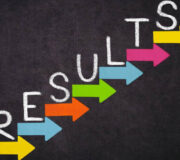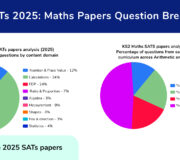8 Strategies For Answering SATs Questions [FREE POSTER]
At Third Space Learning, we’ve taught over 1 million lessons to over 100,000 unique pupils. In the process, we’ve overhauled our lesson structure and our intervention programmes to best support those who need us most.
With time and experience, we’ve honed our 8 actionable strategies for answering SATs questions, which you can take back to the classroom to prepare for SATs this year.
These strategies have also been transformed into a free downloadable classroom poster, which you can find at the end of this blog.
SATS 2026: STAY UP TO DATE
Join our email list to stay up to date with the latest news and free resources for SATs 2026. As usual our expert teachers will be on hand to provide one to one tuition support, revision resources, expert paper analysis, SATs teacher survey results and the SATs results 2026.
SATs revision programme
In short, the aim of Third Space Learning’s Year 6 SATs revision programme is to prepare pupils for the tests themselves. It is therefore important to give pupils as much exposure as possible to the style of test questions.
Not only that, but the programme teaches them explicitly good test strategies to approach problems and practice using them, as well as speaking through them with their tutor.
The programme also focuses on the multiple techniques for asking the same question, which include:
- Ordering
- Comparing
- Matching columns
- Ticking boxes
This helps pupils to recognise that the underlying concept is the same, but might be asked in different ways.
Set of 3: 75 Year 6 SATs Questions By Topic
25 SATs style place value questions, 25 SATs style addition and subtraction questions and 25 SATs style fractions, decimals and percentages questions.
Download Free Now!Structure of SATs revision programme
The structure of our Year 6 maths revision programme actively supports our 8 strategies for answering SATs questions.
Some lessons in the SATs Booster and SATs Follow-on programmes focus solely on fluency, while others begin with a fluency question followed by reasoning and problem solving questions on the same maths concept.

Lessons in the SATs revision programme break down broad concepts, such as place value, into smaller learning objectives.
The SATs Booster programme teaches the top 20 highest impact SATs lessons (that the pupil struggles with) first. This is followed by the SATs Follow-on programme with the next 20 high impact lessons for those who work their way through the SATs Booster programme.
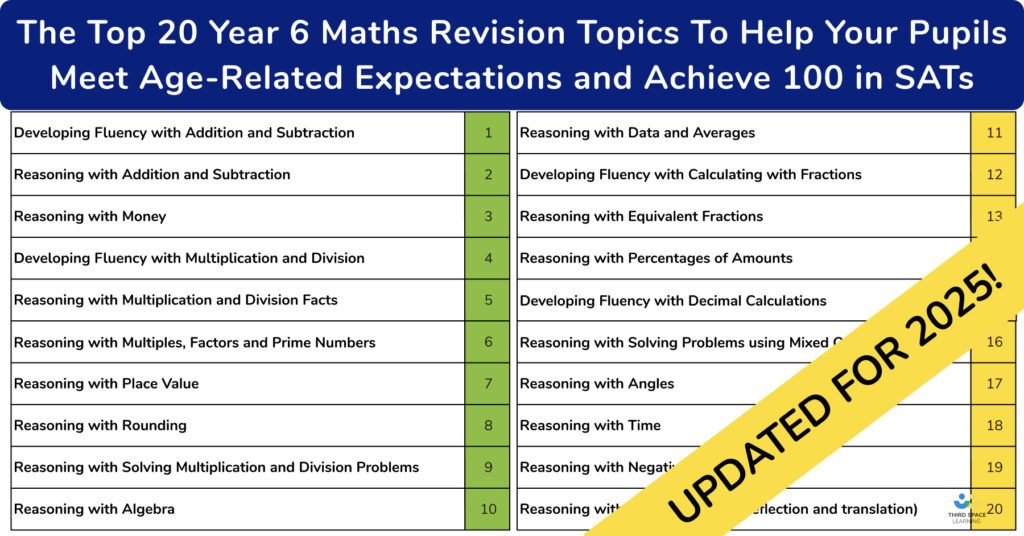
How and why has our SATs programme changed?
Previously, the SATs programme focused on reasoning questions. However, after analysing the 2024 maths SATs papers and speaking with thousands of schools, pupils and tutors, we decided to amend this.
Pupils need the foundational knowledge and maths skills before they can apply it to reasoning and problem solving questions. That’s why we’ve added fluency lessons to the subsequent reasoning lessons. This helps to secure knowledge and build a conceptual understanding.
Every reasoning lesson begins with a fluency starter so that tutors can assess pupils’ understanding and adapt their teaching accordingly.
Fluency lessons focus on the most effective maths strategies needed to answer the question. Reasoning lessons focus on the SATs strategies pupils need to help them work through single and multi-step SATs-style questions to prepare them for the May exams.

Unlimited primary maths tutoring with Skye, the voice-based AI maths tutor.
Built on the same principles, pedagogy and curriculum as our traditional tutoring, but with more flexibility, reach and lower cost.
Join the schools already helping hundreds of primary pupils nationwide with Skye’s one to one maths tutoring.
Watch Skye in actionWhy should we teach pupils how to answer exam questions?
- Pupils need to practise tests so the format and strategies feel more normal and familiar (such as isolating the keywords in a question);
- Familiarity lessens anxiety and provides actionable methods for tackling a problem when they don’t know how to start;
- It teaches metacognitive strategies such as checking answers;
- So they have the tools they need to approach the whole question rather than focusing on the maths concept.
8 strategies for SATs success
Now, for the strategies themselves!
There are 8 standardised strategies throughout the lessons to maximise pupils’ practice using these during their one-to-one lessons.
- Keywords
- Cross off
- Remember units
- Use a formula
- Use a diagram
- Check your answers
- Use the inverse
- Look out for marks
Strategy 1: Keywords

Finding the keywords gives us clues about what to do next. It can help to circle or underline the keywords.
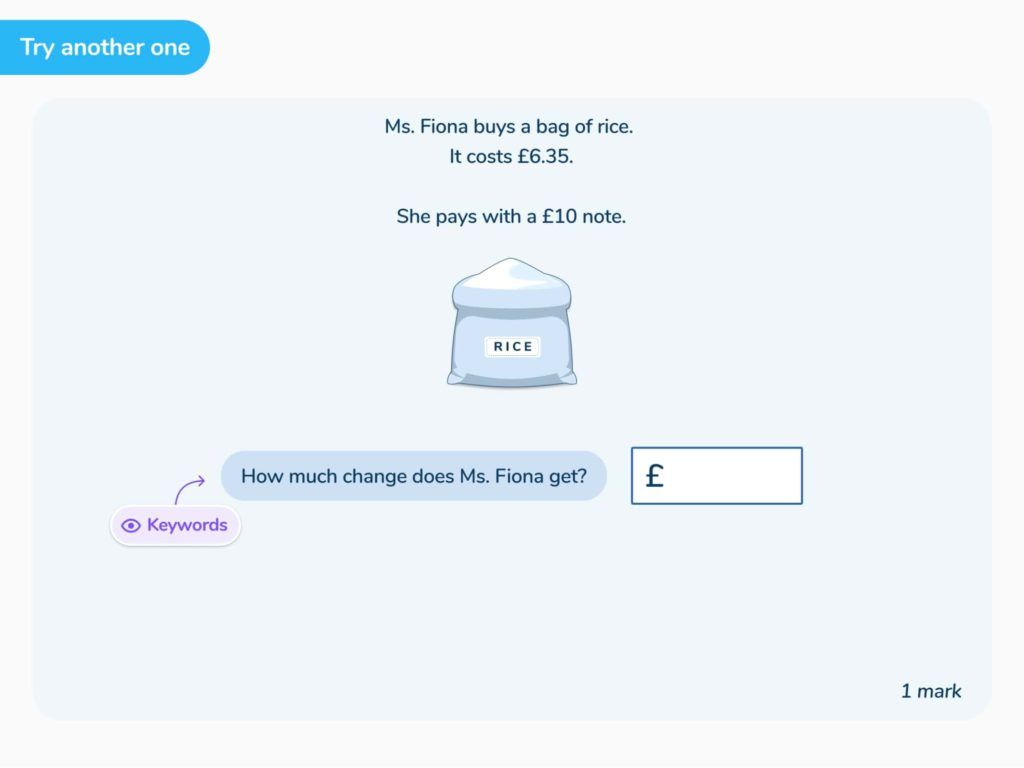
Strategy 2: Cross off

Crossing off helps approach the problem systematically, meaning steps are not missed or repeated. Silly mistakes are minimised.
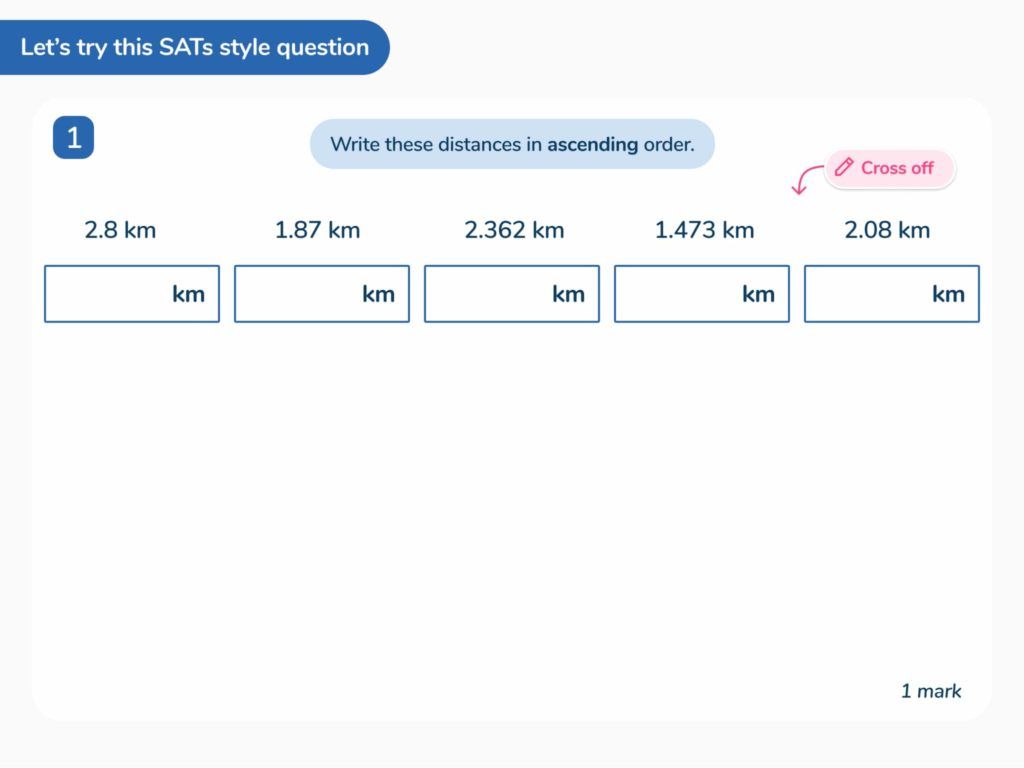
Strategy 3: Remember units

Tutors remind pupils to give their answers in full, including using units.
For example, if the answer is 12 minutes, they should remember to write ‘minutes’.
While answer boxes often include the units in actual SATs papers, this is still good practice for general SATs prep across English and Grammar too.

Strategy 4: Use a formula

Pupils are given reminders where it might be helpful to call upon a formula.
For example:

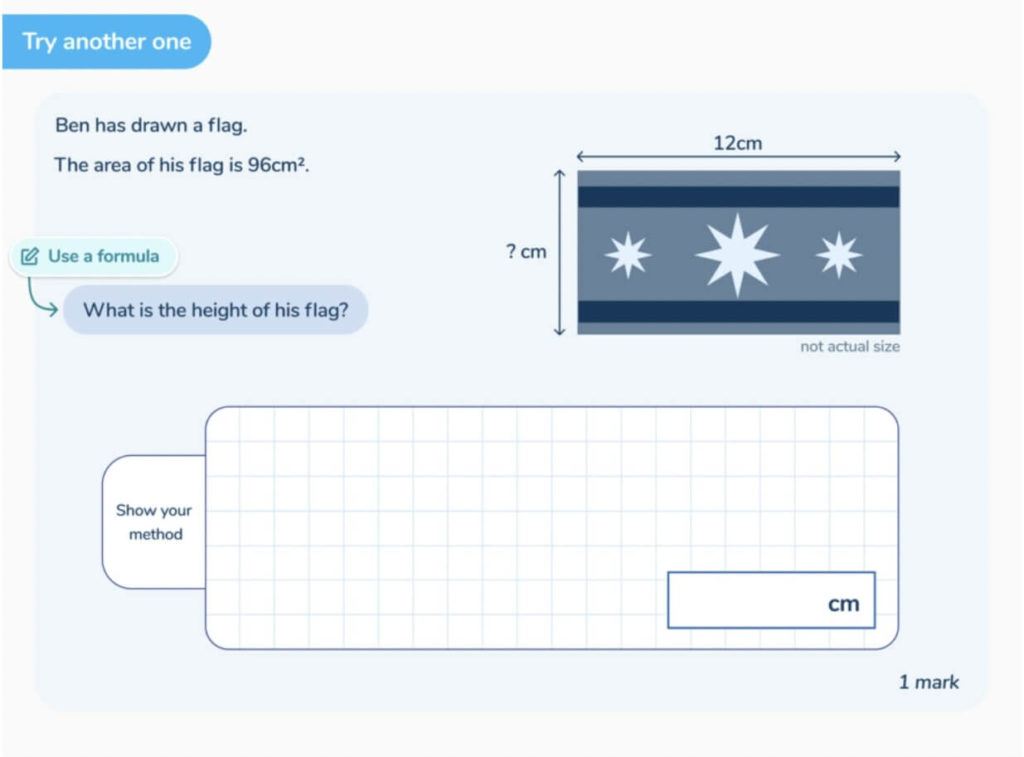
Strategy 5: Use a diagram

Using a diagram or visual prompt such as a bar model or array helps pupils visualise a question. This helps estimate what the answer could be, identify the operation, or what the final goal of the question is.
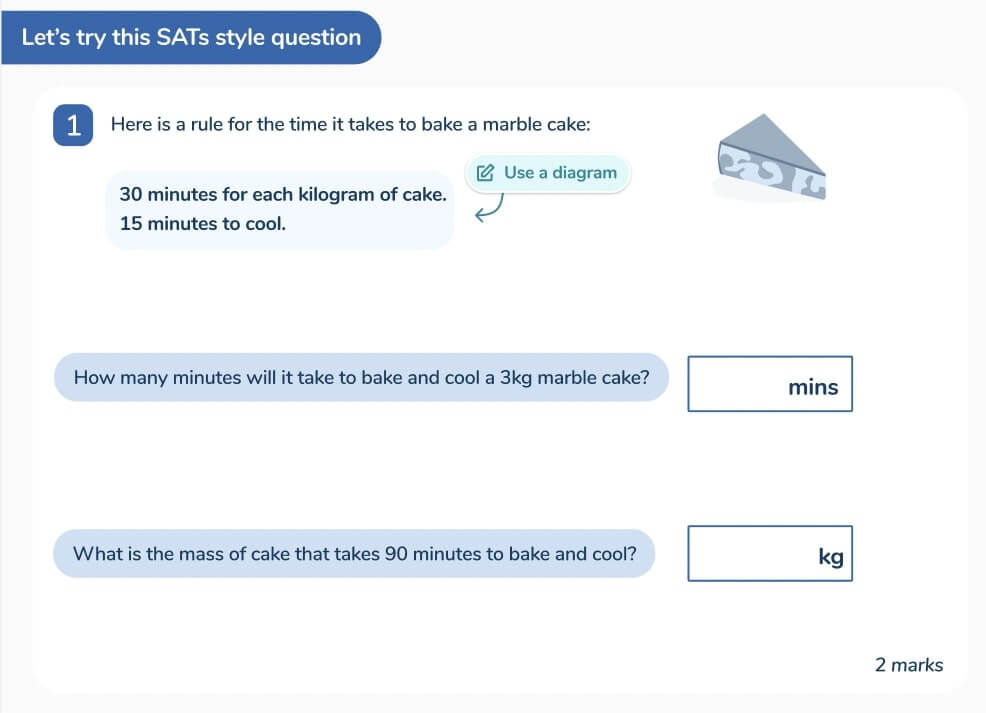
Strategy 6: Check your answers

This reminds pupils to double-check their work to ensure they haven’t made any mistakes or missed whole questions. Pupils are encouraged to work backwards and check the answer makes sense, which also helps pick up any silly mistakes or errors.
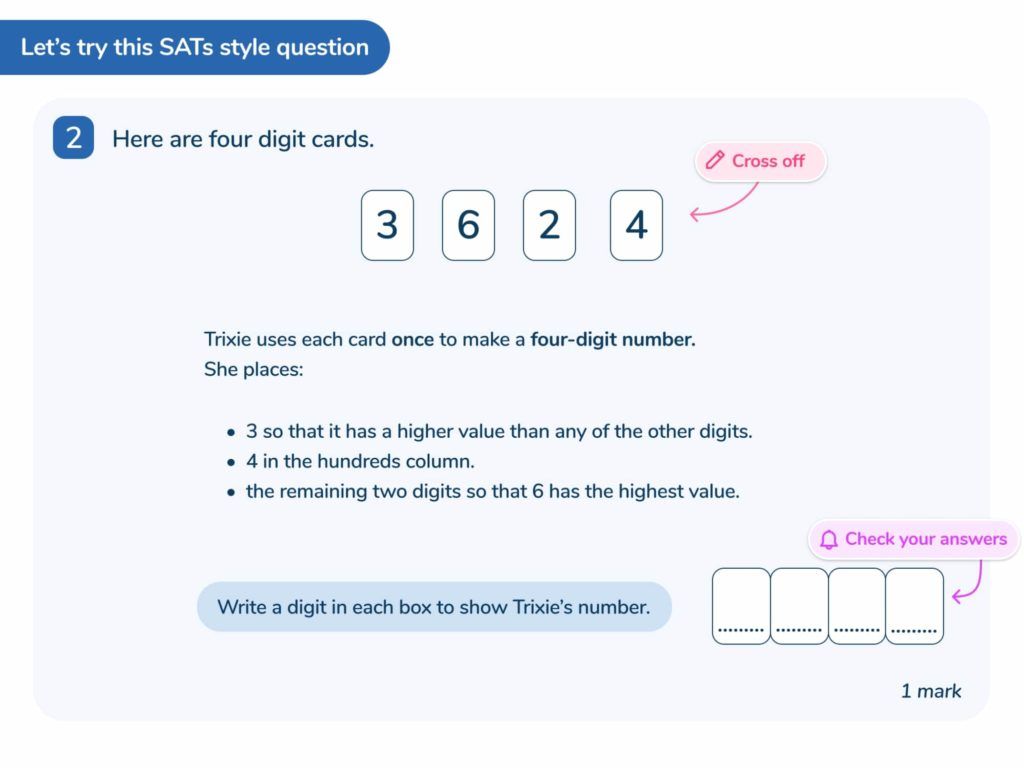
Strategy 7: Use the inverse

Using the inverse helps the pupil think about the relationship between addition and subtraction and multiplication and division to tackle this problem type. It can also help pupils identify any errors in their mathematical workings.
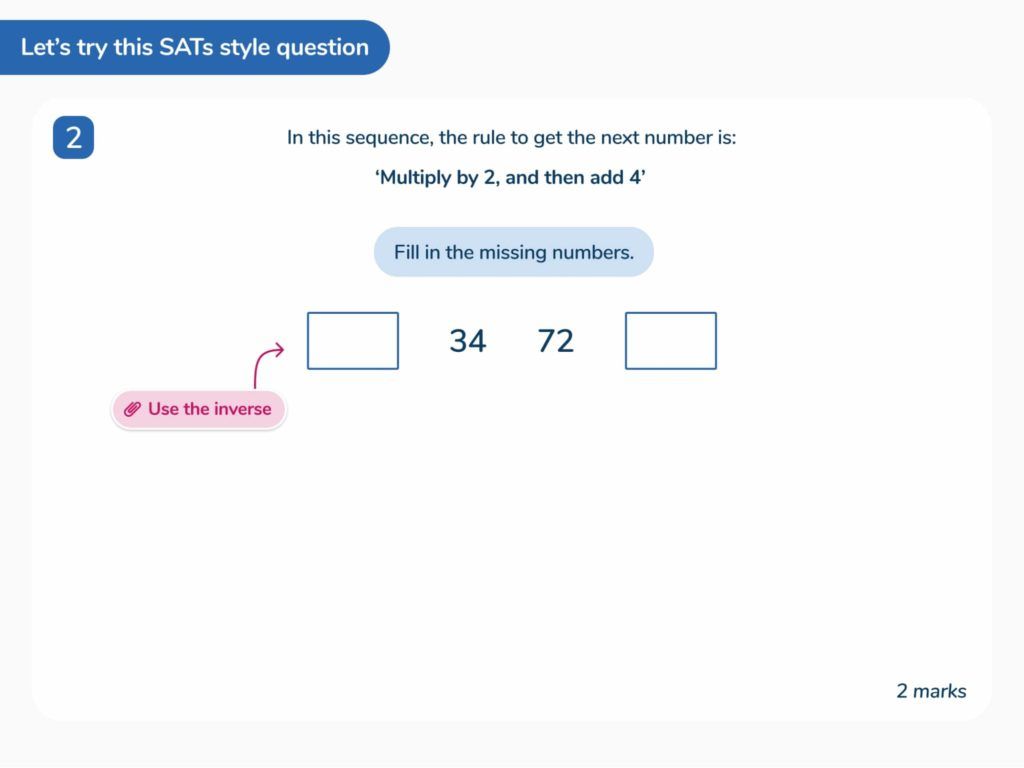
Strategy 8: Look out for marks
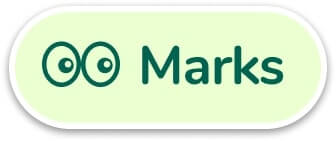
Looking out for marks is a clue that there will be more than one step to answer a particular question.
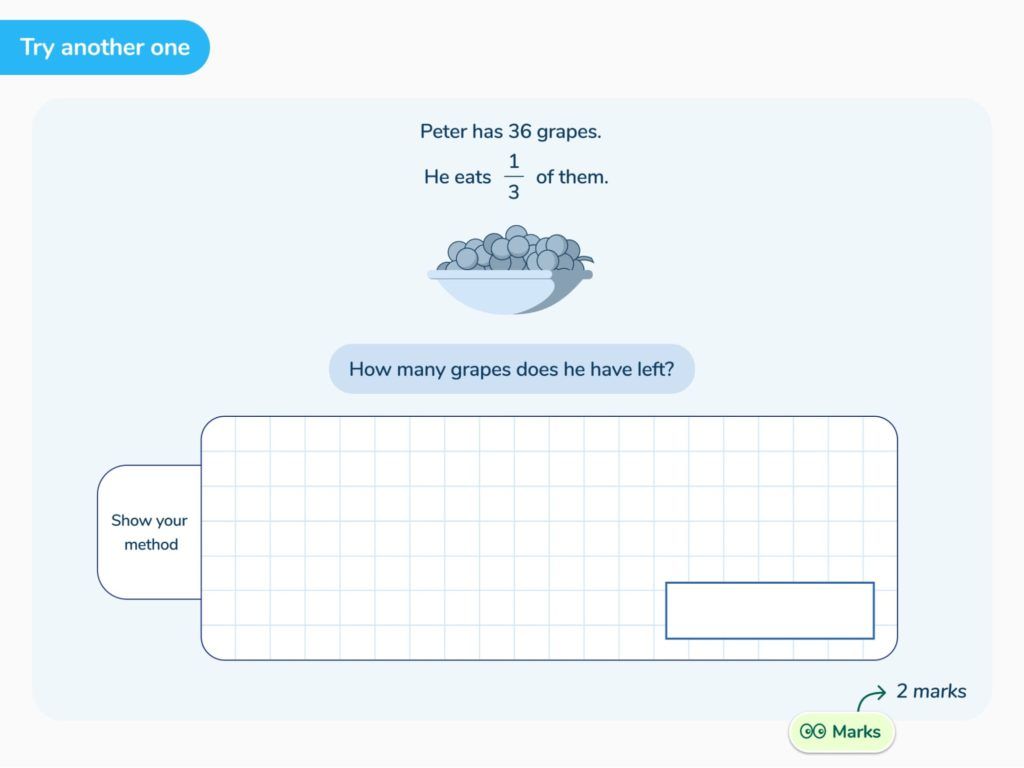
There you have it! We hope these 8 strategies will help you in the classroom and provide the foundation of your Year 6 SATs revision plan.
To easily share these SATs strategies with your class or colleagues, here is a member of the Third Space Learning team talking through all 8 of them!
If you want to keep reminding your class about these SATs strategies during their revision, you can also download a high-quality PDF version of the poster below for free!

FREE SATS REVISION RESOURCES
As part of the Third Space Learning offer to schools, the personalised Year 6 SATs revision programme of online one to one SATs tutoring can be supplemented by hundreds of free SATs revision resources. The most popular of these include:
– free SATs papers
– free Year 6 maths reasoning questions
– over 250 more free SATs questions
The best way to access these and more is to join the Third Space Learning online maths hub. Registration is free, and if you like the free resources, you can sign up for the premium resources too such as Fluent in Five and Rapid Reasoning.
DO YOU HAVE STUDENTS WHO NEED MORE SUPPORT IN MATHS?
Skye – our AI maths tutor built by teachers – gives students personalised one-to-one lessons that address learning gaps and build confidence.
Since 2013 we’ve taught over 2 million hours of maths lessons to more than 170,000 students to help them become fluent, able mathematicians.
Explore our AI maths tutoring or find out about year 6 SATs for your school.



![8 Strategies For Answering SATs Questions [FREE POSTER]](https://thirdspacelearning.com/wp-content/uploads/2018/07/Pack-of-3-Yr6-SATs-questions-packs-RL-image.png)
